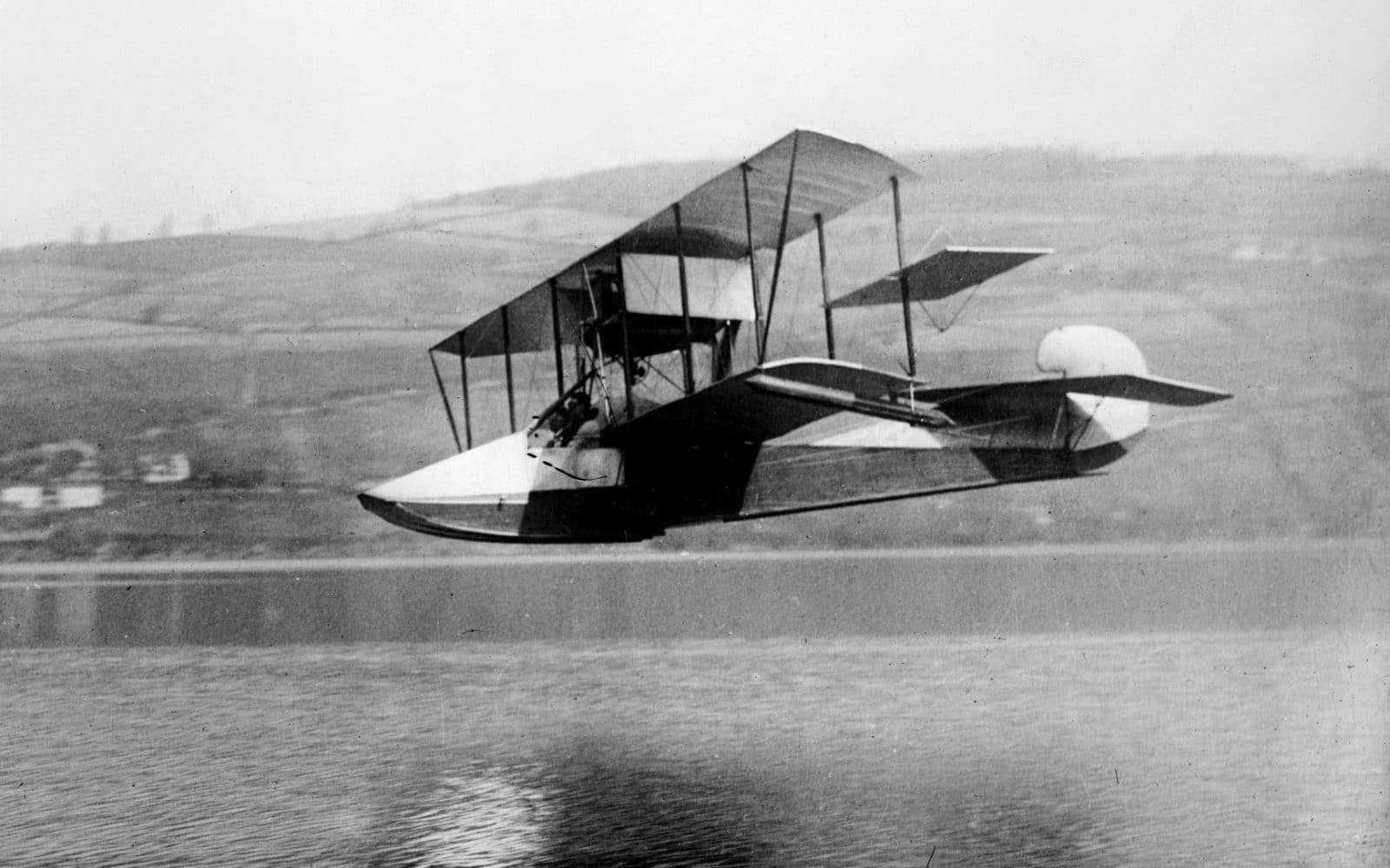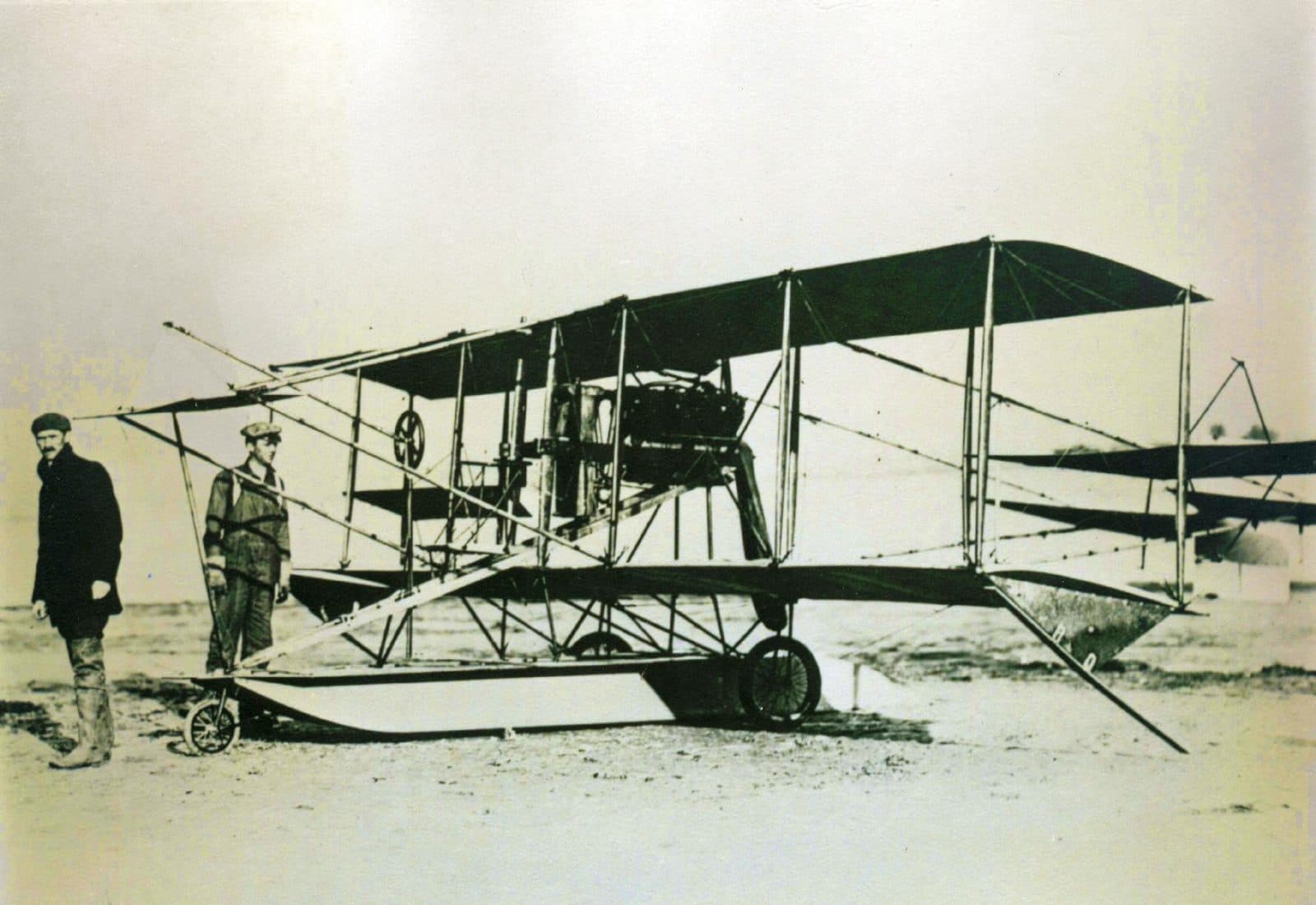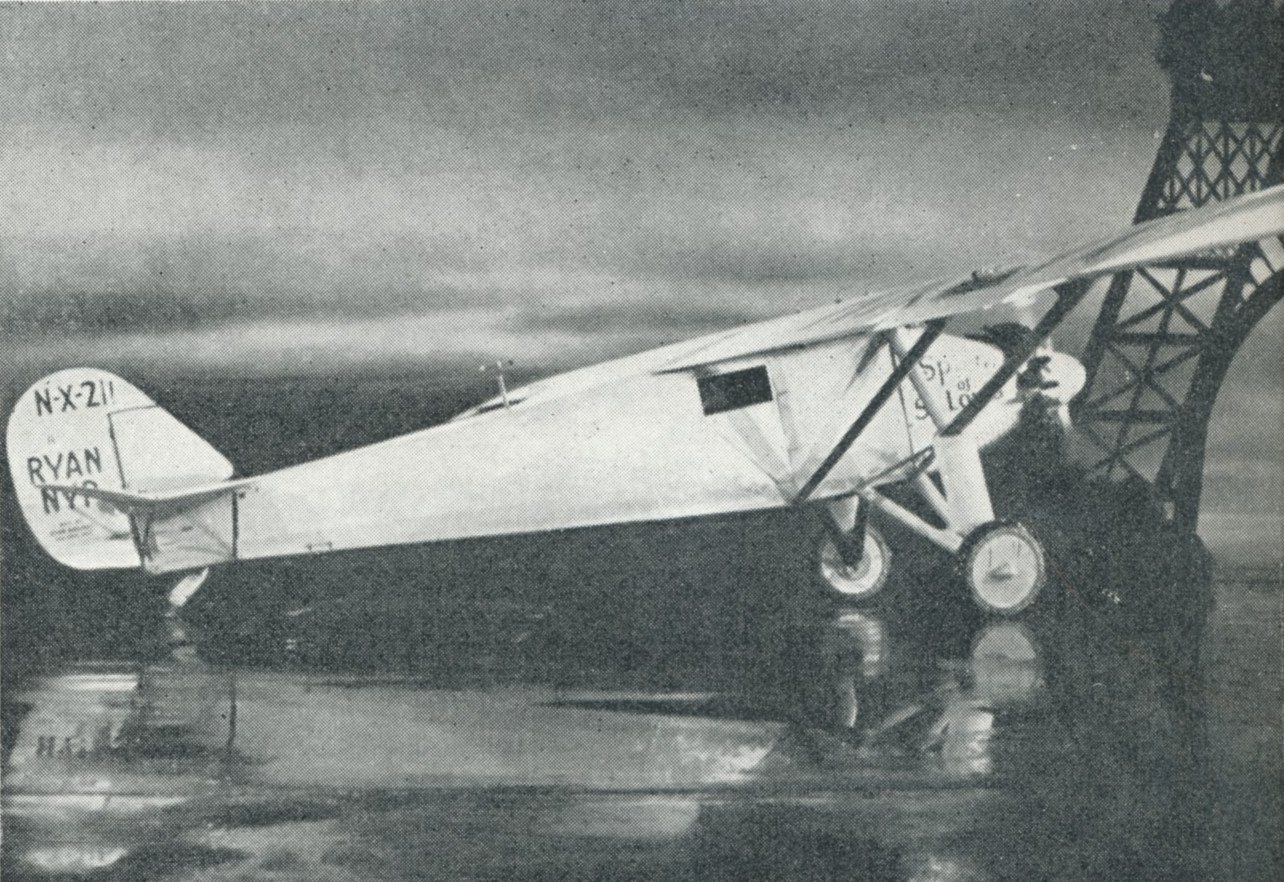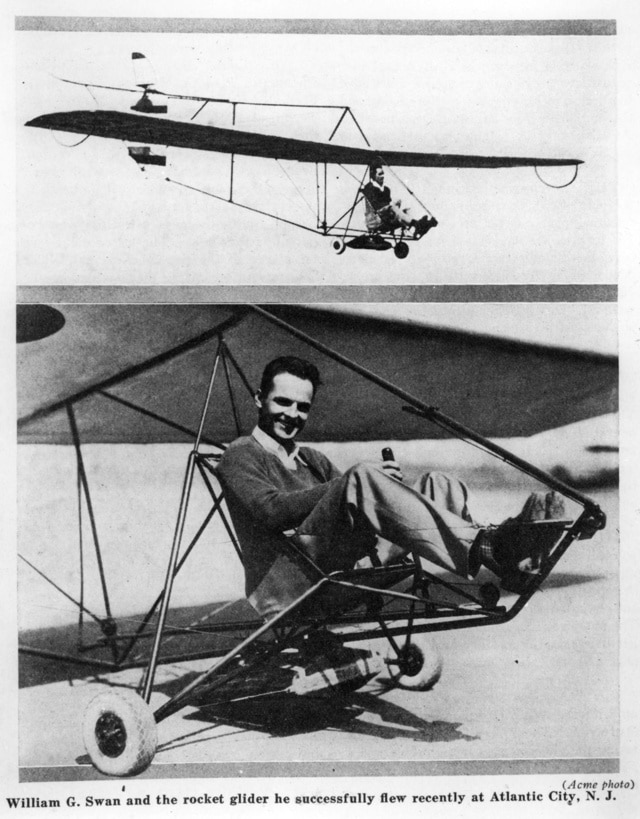Atlantic City’s Once Bustling Airport Looks Back on More Than 100 Years of Aviation History
Bader Field was not the first airstrip, airfield, or aerodrome. But on 3 May 1918 the term municipal “air-port” was first used in a newspaper article written by Robert Woodhouse describing the airfield adjacent to Atlantic City as that city’s destination for the famous Traymore Hotel’s Flying Limousine seaplane service between Atlantic City and New York City. The facility first opened in 1910 and aviation pioneer Glenn Curtiss began passenger service from the field in 1911. The airfield was also the first municipal airfield with facilities for both land-based aircraft and seaplanes. Arctic explorer Admiral Robert E. Peary was a founding member of the committee sponsoring the airfield.

Of Airships and Dirigibles
Even before the field was called an airport, Atlantic City was quite the aviation hotspot. In October of 1910 explorer Walter Wellman made the first attempt to fly cross the Atlantic from the resort in a dirigible named America. He and his crew were rescued more than 71 hours into an unsuccessful first attempt. Wellman’s crew member Melvin Vaniman was killed along with his entire crew during another attempt to cross the Atlantic in the dirigible Akron during 1912. Another Akron airship, the 733 foot long helium filled rigid airship USS Akron (XRS-4) crashed in the Atlantic City area the night of April 3rd/4th 1933.

Air Carnivals and Record-Setting
Atlantic City sponsored one of the first Air Carnivals in 1910. Lasting ten days, the event spawned several aviation records including Walter Brookins’ altitude record (6,175 feet) and Glenn Curtiss’ speed record covering 50 miles in 74 minutes- a blistering 39 miles per hour! Glenn Curtiss also dropped oranges from his airplane for accuracy, demonstrating his “bombing” prowess. These Air Carnivals were regular occurrences during the early 1900s on the Jersey shore. The first news bulletin dropped from the air was made over Atlantic City in September of 1919 to announce the arrival of a Navy Curtiss NC-4 seaplane after a transoceanic trip.

Pride of Atlantic City Makes Record Flight
Atlantic City Municipal airport was purchased by the city and named Bader Field in 1922 after Edward L. Bader, Atlantic City’s mayor from 1920 to 1927. The airport hosted some of the nation’s first privately owned aircraft- many of them flown by local businessmen. On July 17th 1933 Dr. Albert Forsythe and C. Alfred Anderson became the first black men to make a round trip transcontinental flight. They took off from Bader Field and navigated to Los Angeles and back using only by an altimeter and a map and without lighting or a radio in their aircraft. When they returned to Bader Field in their aircraft named Pride of Atlantic City they were honored with a parade. The popularity of Atlantic City and Bader Field’s close proximity to the resort town kept the airport busy.

Spirit of St. Louis and Aviation Luminaries
Even Charles Lindbergh landed his famous Ryan model NYP Spirit of St. Louis at Bader Field after his historic solo flight across the Atlantic. In 1931 Eddie Rickenbacker, Charles Lindbergh, and Amelia Earhart all celebrated the formation of Eastern Airlines at Bader Field. Also in 1931, stunt pilot William Swann used a rocket to launch his glider and flew over 1,000 feet at 100 feet altitude from Bader Field. His flight was a publicity stunt for Atlantic City’s famed Steel Pier, but jet assisted takeoff (JATO) and rocket assisted takeoff (RATO) were used for many years to augment thrust for aircraft trying to slip those surly bonds and get into the blue.

